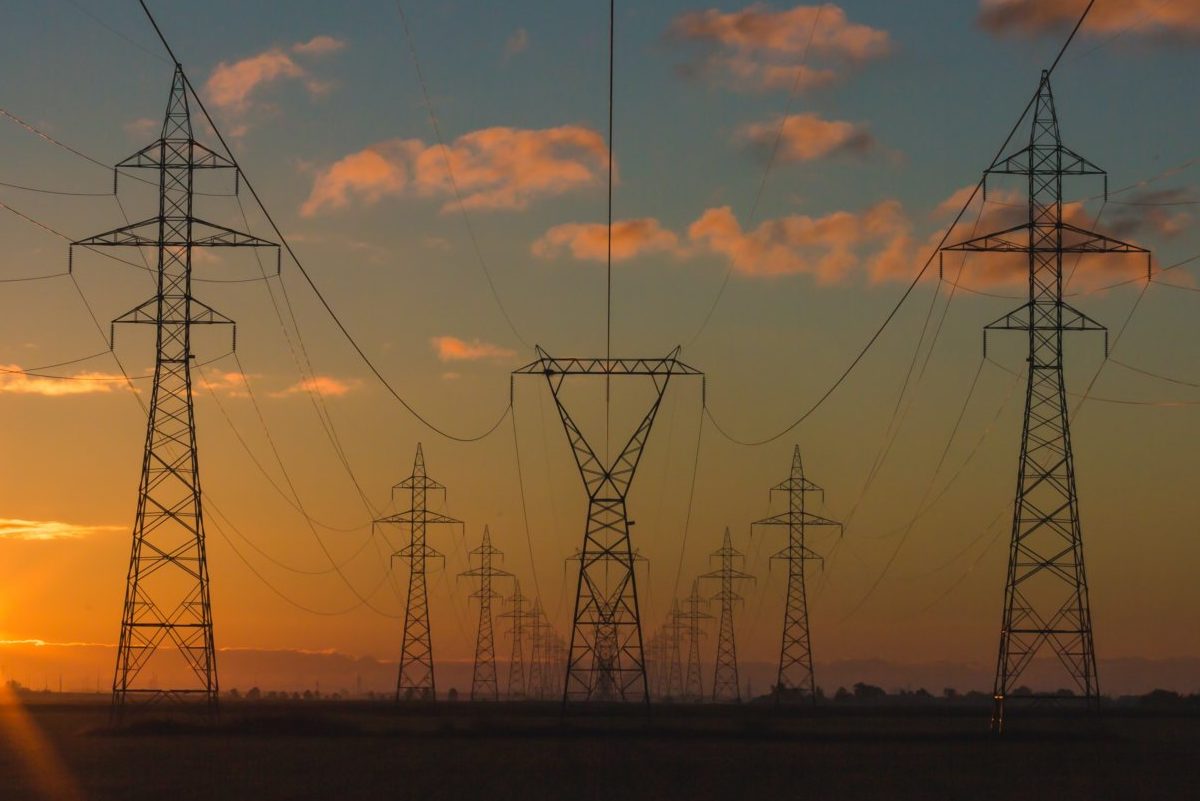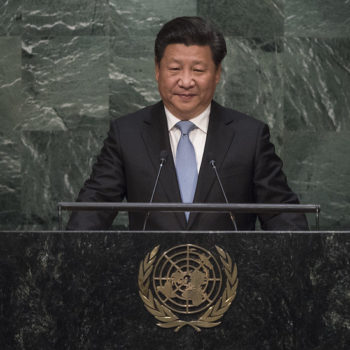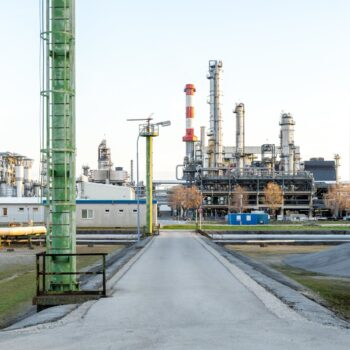Factories slowed, businesses closed, traffic lights and elevators shut down. What’s the cause? The energy crunch in China. It’s the worst electricity crisis China has seen in more than a decade and is affecting tens of millions of Chinese. China is struggling and the rest of the world should take note. Other governments may face similar challenges in the future: the transition from dirty to clean isn’t easy.
Some media reports blame renewables and Beijing’s climate policies for the crisis. Others point to the government’s mining laws. But it’s not just one thing. There are a myriad of factors contributing to the current energy crunch.
First, coal prices have surged because of a shortage of domestic coal supplies. After several coal mine disasters, the Chinese government increased penalties for mining violations from fines to jail time. The law created hesitancy among miners to boost production. A COVID-19 outbreak in Mongolia reduced cross-border trade, including imports of coal. More problematic was the unofficial import ban on Australian coal, which historically has accounted for 2% of China’s total coal consumption.
Secondly, China has a cap on how much utilities can raise electricity prices, which are low by global standards. Prices were allowed to rise by 10% and fall by 15% from base levels. The shortage in domestic coal supplies prompted power stations to reduce output to avoid losses. This contributed to the increasing price of coal. Then, in mid-October, the price for coal, to be delivered in January, soared to RMB1982 (USD310), a 260% increase since January.
Third, demand for electricity has soared since the end of China’s pandemic-induced shutdown in April 2020. Factories have increased production to meet rising consumer demand globally. From January to August 2021, Chinese exports increased 23%, when compared to the same period in 2019.
Fourth, the supply of renewable power has been low in some provinces. The southwestern province of Yunnan has struggled with droughts recently, limiting hydropower production. And in northeast China, Liaoning province, lower wind speeds also reduced output from wind farms.
Meanwhile, the government set a 3% reduction target in energy intensity for 2021, but China’s export -and industry-driven recovery has made achieving this target difficult. However, 20 provinces, constituting 70% of China’s GDP, missed at least one of the two dual control targets—energy consumption and energy intensity—in the first six months of 2021. Local governments have scrambled to meet the targets by instituting electricity cuts.
How has the government responded to the crunch?
The government began using Australian coal that was in storage, pushed coal miners to ramp up production, and allowed electricity prices to fluctuate up to 20% to pass some of the higher electricity costs to end-users. Premier Li Keqiang also announced China will promote “green” coal mining, strengthen domestic oil and gas exploration, deepen international oil and gas cooperation, and develop more renewable energy such as hydropower and wind power. Finally, President Xi announced at COP15 that China will “vigorously develop renewable energy and make faster progress in planning and developing large wind power and photovoltaic bases”.
What could this crunch mean for the clean energy transition in China?
There are some who blame climate policies for the energy shortfall. There is a risk that this narrative will thwart efforts to transition to cleaner energy sources. But as outlined above, a multitude of factors led to the crunch. The challenge local governments face in meeting energy targets is a result of a reliance on an outdated economic growth model. China’s recovery has been investment-led and focused primarily on coal-powered energy and infrastructure projects.
There is an important lesson to be learned from China’s current energy crunch: the energy transition is, and will be, difficult. It will require robust climate and energy policies, economic reforms, and navigating complex politics. Getting the right suite of policies in place will require political will, planning, and execution. Additionally, China is not alone: the US, EU, and others face similar challenges. How these large economies navigate these complexities has important implications for the rest of the world.


